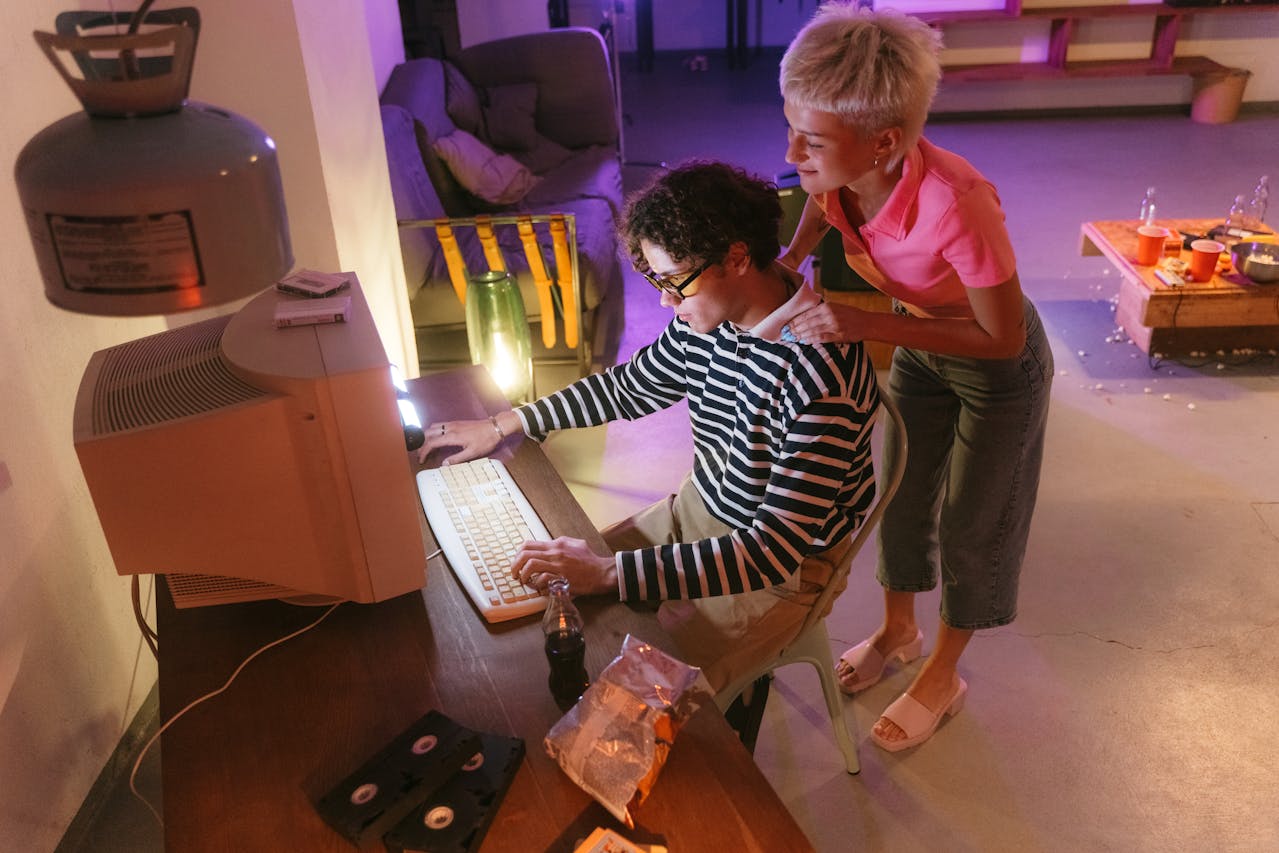Gen Z is building a private comfort language from objects that feel slow, familiar, and a little bit grainy. Early 2000s denim, clunky gadgets, plastic cases, and printed covers offer something algorithms cannot: weight, texture, and a beginning and end. These are not costume pieces or ironic props. They are daily anchors in dorms, apartments, and shared houses, where secondhand finds, old media, and soft toys quietly steady a generation raised on endless scroll.
Y2K Wardrobes And Mall-Core Streetwear

Low-rise jeans, baby tees, cargo skirts, velour sets, and bold logo hoodies sit at the center of Gen Z resale searches. Thrift apps turn past-season racks into curated archives, where recognizable brands from childhood TV, teen dramas, and early social feeds feel oddly reassuring. The appeal blends play, sustainability, and cultural memory; each outfit becomes an easy way to borrow a softer timeline without pretending the present does not exist.
Vinyl, Cassettes, And CDs On Real Shelves
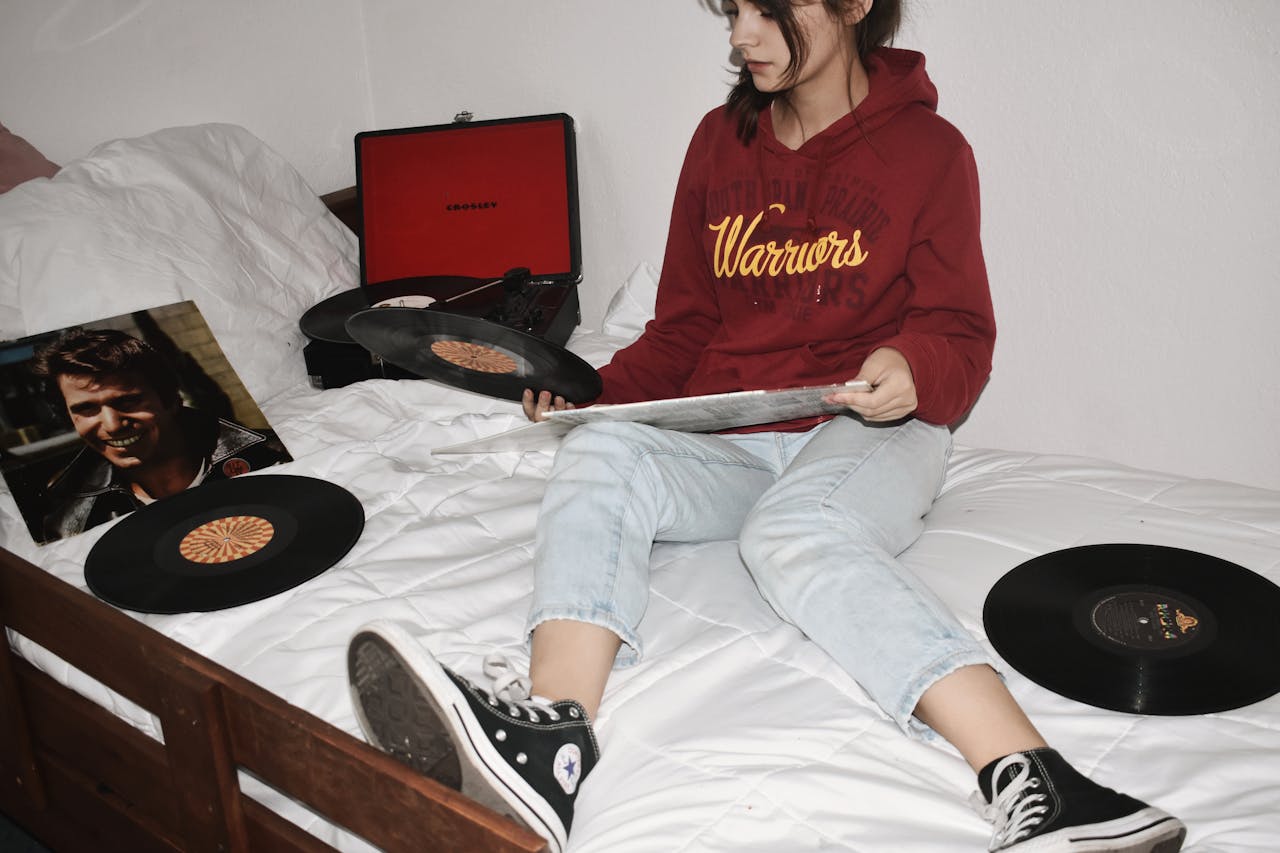
Gen Z stacks records, tapes, and CDs beside speakers and laptops, treating albums as small altars rather than background noise. Choosing a disc, pressing play, and listening through imperfections slows the room and makes music feel earned, not shuffled. Limited editions, colored pressings, and used store finds add ritual and community, especially when streaming feels disposable. Physical media becomes proof that favorite artists deserve space in a world that rarely leaves any.
Disposable, Film, And Early Digital Cameras
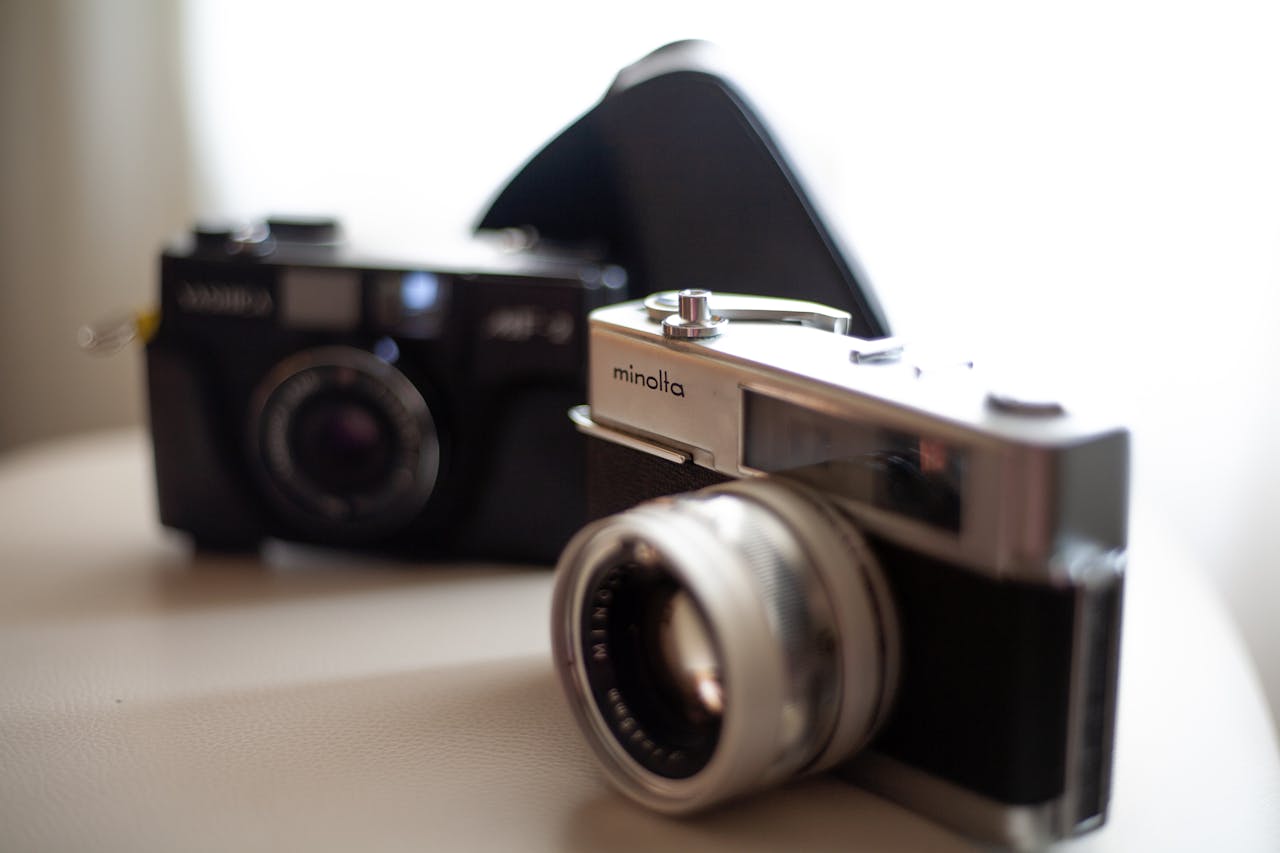
Film cameras, instant prints, and chunky early digital point-and-shoots turn everyday hangouts into small events. Waiting for a lab scan or flipping through slightly overexposed prints creates surprise in a culture trained to edit in seconds. The grain, flash, and crooked framing feel honest, closer to how memory actually works. Carrying a separate camera also sets a boundary around constant notifications, keeping some moments shared in small circles instead of broadcast for metrics.
Flip Phones And Plain Dumb Devices

Flip phones and minimal-function devices give Gen Z a practical way to step back without disconnecting completely. The snap of a phone closing ends a conversation with clarity, not lingering alerts. Limited features mean nights out, study sessions, or weekends feel less surveilled and less reactive. Paired with separate cameras and music players, these devices rebuild a slower tech stack that favors presence, privacy, and intention over infinite scroll and quiet exhaustion.
Retro Consoles, Handhelds, And Pixel Games
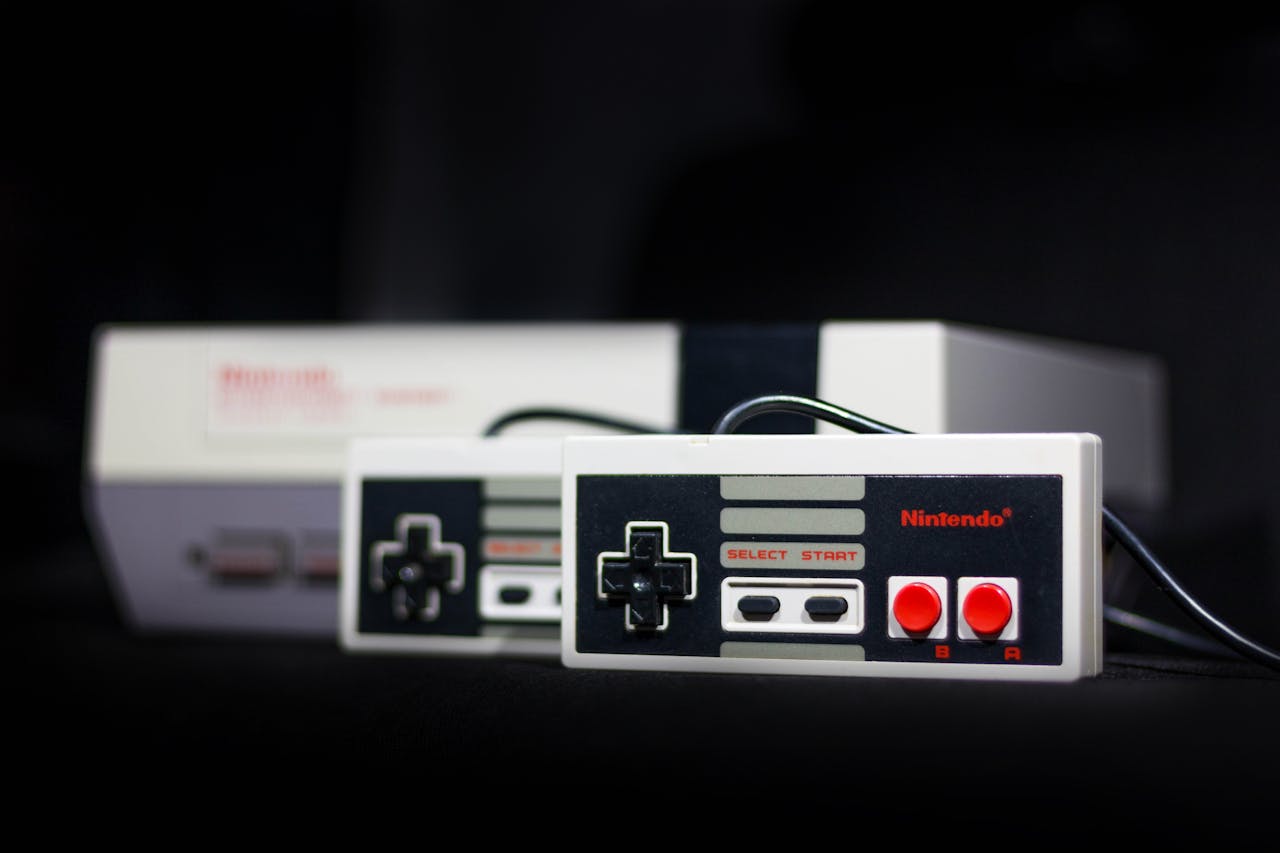
Refurbished handhelds, wired controllers, and simple pixel games offer comfort that modern blockbuster titles sometimes miss. Short loops, clear goals, and couch multiplayer echo stories heard from older siblings and online communities about earlier gaming eras. Collecting cartridges or limited handheld drops adds a treasure-hunt feel that rewards patience more than spending. The low-res visuals and chiptune sounds create a calm, familiar backdrop where play is about joy, not performance or constant updates.
Plushies, Character Merch, And Comfort Toys
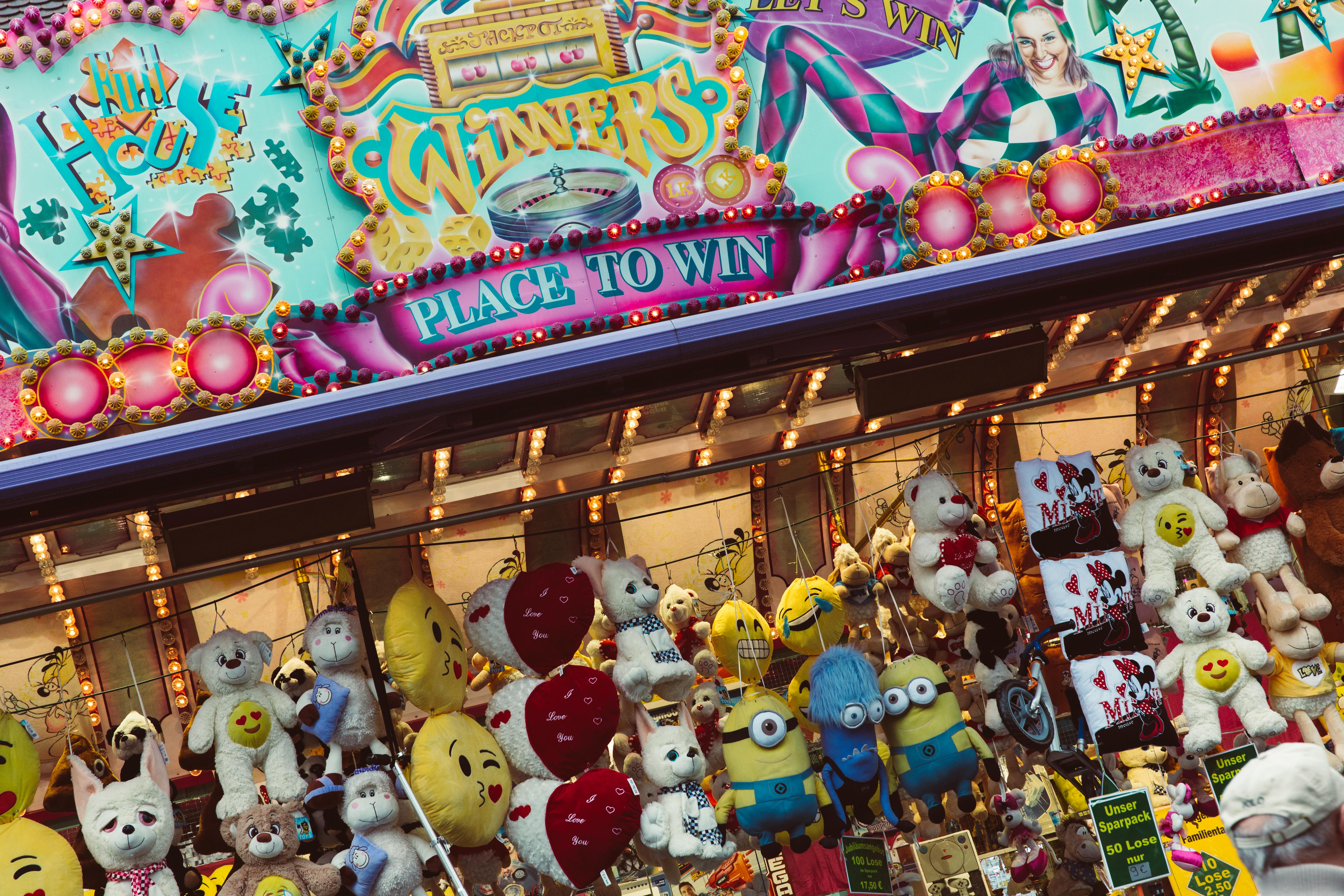
Oversized plushies, character cushions, and soft mascot toys stack up on shelves, car seats, and beds with no apology. These objects borrow from childhood cartoons, anime, arcade prizes, and sticker sheets, turning rooms into kinder spaces. For many, hugging a plush at midnight or arranging a tiny collection on a desk is less about aesthetics and more about nervous systems. The softness is intentional: a quiet counterweight to sharp headlines, deadlines, and always-on performance.
Posters, Room Decor, And Analog Mood Walls

Printed posters, photo strips, magazine clippings, string lights, CDs on walls, and retro lamps rebuild bedrooms as visual timelines. Instead of blank minimalism, Gen Z prefers layered walls that hold bands, films, cities, and inside jokes. Taping, rearranging, and swapping prints with friends keeps decor active and personal, not dictated by a single trend. The room becomes proof of who has been loved, what has been survived, and which eras feel worth carrying forward.
